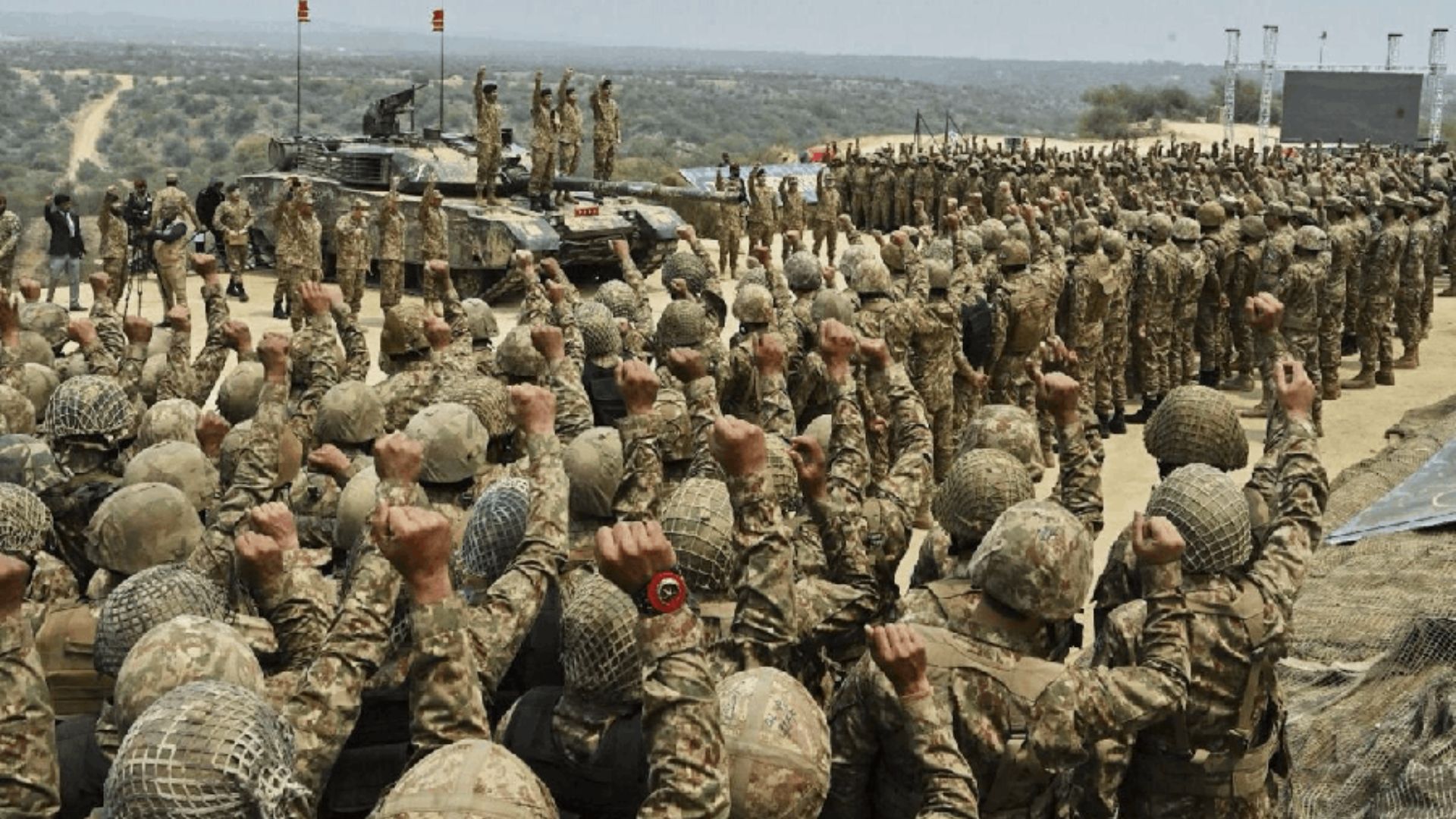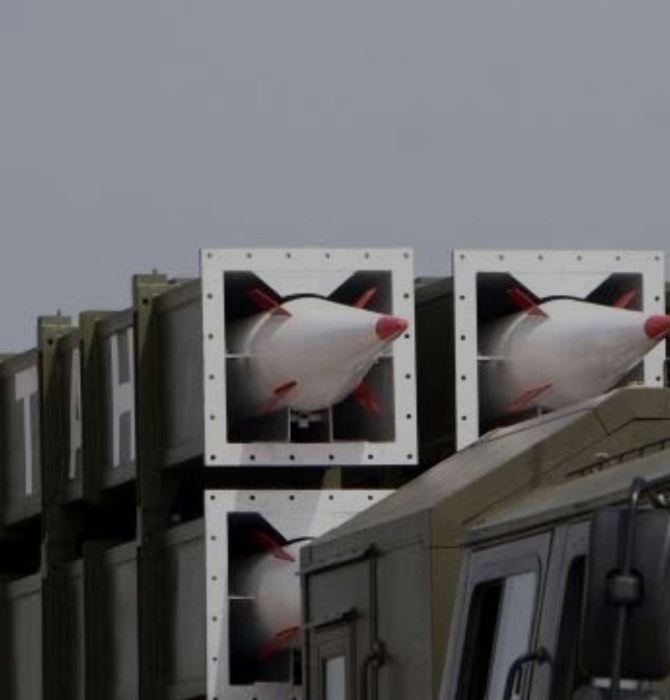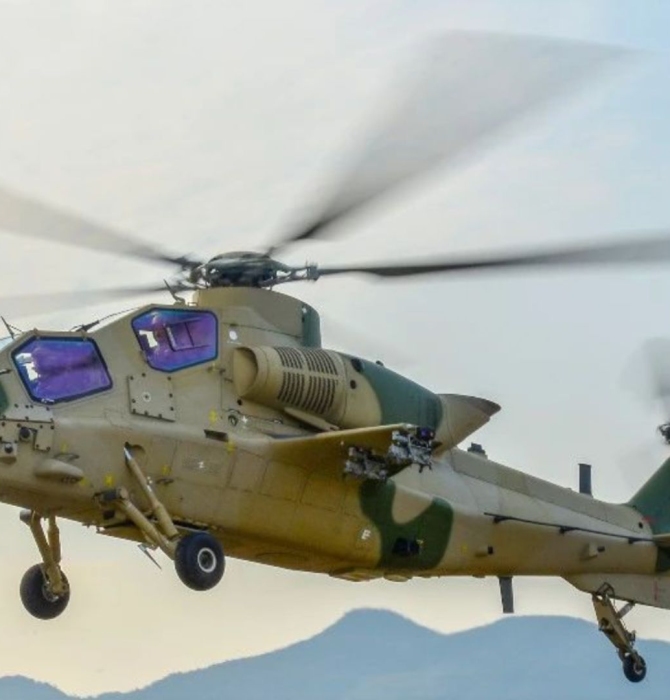16095Views

All Power, No Institution: The Real Problem With Pakistan’s New “CDF” Role Quwa Premium
Pakistan is moving to establish the post of Commander of Defence Forces (CDF), which will centralize operational command across the Pakistan Army, Pakistan Navy, and Pakistan Air Force.
This reform, introduced through the 27th Constitutional Amendment, will replace the advisory role of the Chairman of Joint Chiefs of Staff Committee (CJCSC) with a position that holds direct authority over joint operations and strategic planning. The CDF will be responsible for integrating all branches of the military, ensuring coordinated responses to security issues by streamlining decision-making processes.
In tandem, the amendment also proposes the creation of a new Strategic Forces Command to manage strategic or nuclear assets, further consolidating military leadership under the CDF.
This structure is ostensibly intended to enhance operational efficiency and align Pakistan’s military with international standards, such as those followed by the United States, Canada, and other NATO members, where unified command structures are the norm for joint operations.
However, the creation of the CDF role in Pakistan raises questions of whether the change is primarily about the individual holding the post or, instead, forging a lasting institutional framework for joint military planning and operations. Moreover, only the Army Chief will be eligible to assume the CDF post, and that too with a lifetime appointment.
While the CDF will be a single figure with authority over the Army, Navy, and Air Force, the details of how this authority will be exercised remain unclear. Ideally, this role would be within a permanent institution that drives joint planning, standardizes hardware, and manages cross-service concerns (e.g., cybersecurity).
At this point, the reforms do not specify whether the CDF will have a dedicated staff, a formalized planning process, or even a permanent headquarters to oversee joint initiatives.
Instead, the CDF’s emphasis appears to be on appointing a single leader, with an apparent intent to both control the promotion of the other service chiefs and outlast those other officers.
However, without precise institutional mechanisms, the effectiveness of the CDF may depend heavily on the personality, leadership style, and credibility of the individual appointed, rather than strong, structured, and enduring joint service systems.
Why Pakistan Needs a Joint-Services Office – Not Another Officer
Be it executing combined arms maneuvers, standardizing systems, driving defence industry efficiency, or auditing expenditure across the tri-services, there is value in forming an independent institution with both the mandate and means of holding the other service arms accountable.
In this context, there would understandably be consternation about ‘interfering’ with intra-service affairs – indeed, each of the arms, especially the Air Force and Navy, thrived by being independent.
However, the reality of modern warfare is that there are certain domains of interest to multiple services, both in terms of wartime execution and peacetime preparation.
These include, for example, identifying opportunities (if not the need) for common platforms (e.g., helicopters, special mission aircraft, drones, etc), managing critical warfare infrastructure (e.g., data centers, cybersecurity processes, etc), ensuring that supply channels are reliable and resilient (e.g., defence industry growth, auditing OEMs, etc), satellites and space applications (e.g., mission management software development), and intelligence sharing and management.
Likewise, a growing number of wartime issues, such as coordinated precision strikes, necessitate tight inter-service cooperation.
For example, Air Force and Army strikes should not be done in siloes, but towards a shared and impactful goal, such as neutralizing an enemy air defence system.
End of excerpt. You’ll need to login or subscribe to Quwa Premium to access the full article.
Existing Quwa Plus/Pro members can log in below
Note: Logged in members may need to refresh the article page to see the article.


